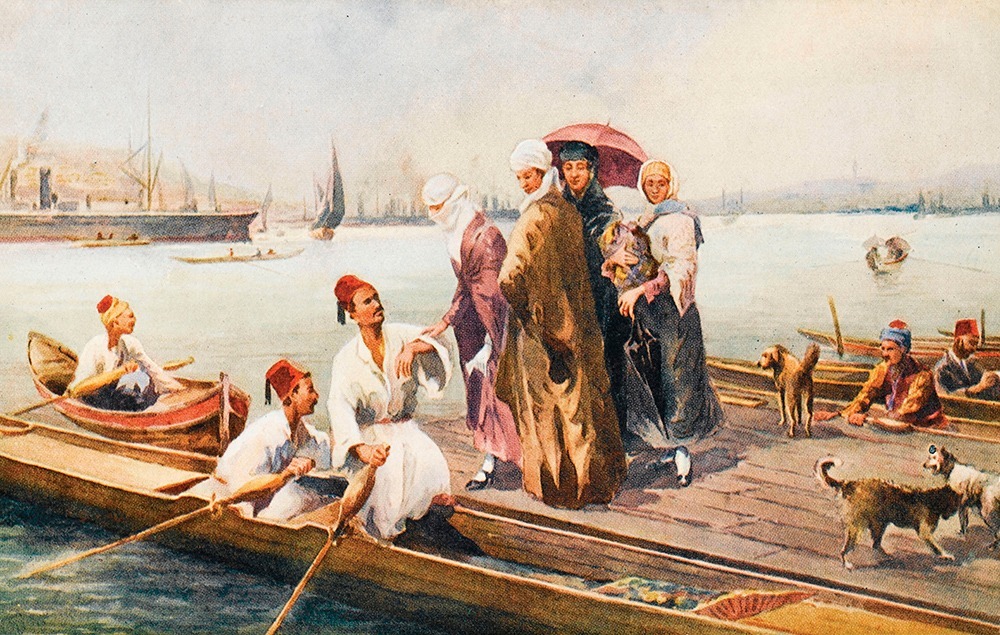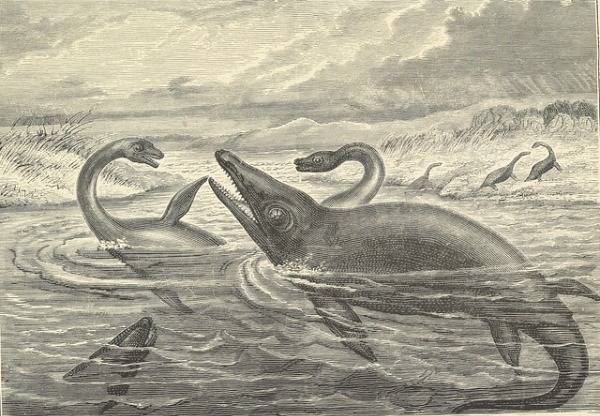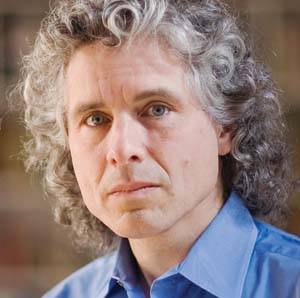
This article is a preview from the Summer 2020 edition of New Humanist
They all know the words: the fireman who moved back to Güneysu for the quiet life; the retirees who never left; the government official who tells me he cares not about the past, but the future. “Atma Hamidiye” – “Don’t bomb us, Hamidiye”. Each one laughs as I ask about it, before finishing the line: “Atma, atma” – “Don’t bomb us, don’t bomb us”. The Hamidiye warship is long gone, but here in Turkey’s hilly north-east, the lyrics live on as disembodied history. Everyone knows the words; almost none the events behind them.
The words stretch back to 1925, the year the Turkish National Assembly voted through the Hat Law. “Our most valuable nation is deserving of civilised and international attire,” the country’s founder and first president, Mustafa Kemal Ataturk, had told a town hall audience a few months before the vote. “And this I want to express most clearly,” he continued, gesturing at the peaked, western-style hat in his hand, “the name of this headgear is ‘hat’.” He had come, in the words of the republic’s official newspaper, “to save the masses from the fez”.
Ataturk knew that the law’s introduction would need to be followed with some persuasion. The round, peakless fez had been worn by Ottoman men for nearly a century, made mandatory by Sultan Mahmud in 1829. An industry of feshaneler – “fez factories” – had grown all around the empire. Perhaps most importantly, any brimmed hat would make it hard for Muslims to perform customary prayers with their foreheads touched to the ground. In 1924, as rumours of hat reforms had swirled across the country, the Islamic scholar İskilipli Atıf Hoca had published a pamphlet arguing against the “mimicry” of the west and its headwear.
Ankara, however, was keen not only to create a new Turkey, but new Turks: secular, modern and civilised. Already, the 500-year-old caliphate had been abolished, the madrasas closed, and then, on 25 November 1925, the Hat Law was passed. “The general headdress for the Turkish nation is the hat,” it declared, mandating the use of western-style hats for men in all public spaces, and banning “the continuation of any habit in contradiction with this.” Punishments for disobeying ranged from fines to a few months in prison.
The reaction began even before the bill became law. For ordinary believers, it was the most personal secularising reform yet and sparked fears that the government would outlaw the Koran or force women to unveil. For the clerics above them, it was, perhaps, also a chance to seize on this popular discontent and reassert themselves against the state. There were protests led by local preachers in the cities of Kayseri, Maraş and Erzurum, with local forces in the latter opening fire on a crowd of up to 3,000.
The most dramatic incident, however, took place here in Güneysu, a small village set in the valley of the region’s green, rolling hills, just inland from the Black Sea city of Rize. In Güneysu, more than a thousand protestors gathered at Ulu Mosque just after morning prayers and launched a small raid on the state, seizing the local gendarme station and taking six gendarmerie captive. Their rebellion lasted for days. It only ended when the government sent the Hamidiye, an old destroyer off the shore of Rize, to shell the hills of Güneysu – the response that inspired the kind of nursery rhyme known, even today, by Turks all over the region:
Atma Hamidiye, / Don’t bomb us, Hamidiye,Atma, atma! / Don’t bomb, don’t bomb!
Din kardeşiyiz. / We are your brothers in faith.
Şapka da giyeceğiz, / We’ll wear our hats,
Vergi de vereceğiz! / And we’ll pay our taxes!
Soldiers were then sent in. More than a hundred people were arrested and the six gendarmerie were released unharmed. And though none were killed in the immediate suppression of the rebellion, eight supposed ring-leaders from Güneysu, and 57 across the country in total, were executed in the Independence Tribunals that followed.
It is a story that speaks not only to the extraordinary lengths the early Turkish state went to to try and reshape society, but also its fragility while doing so. After all, 1925 was not only the year of the Hat Law, but of the first great Kurdish rebellion against Ankara; the ad hoc Tribunals that tried people from Güneysu had, in fact, been set up to try those thought to threaten the republic.
In the official version of the hat reforms, the rebellions in Erzurum, Kayseri, Güneysu and elsewhere were a coordinated backlash from a conservative, religious establishment, inciting its flock to do its bidding. One of the 57 executed was İskilipli Atıf Hoca, author of the anti-hat pamphlet, and therefore, according to the state’s logic, one of the chief provocateurs.
Yet it is a story that reveals, too, the limits of change engineered from above. Resistance to state-imposed headwear was not only instigated by imams and teachers, but was spontaneous and long-lasting. One man in Turkey’s southern Antalya province reportedly did not leave his home for 17 years, until his death in 1942, in order to avoid wearing the European-style hat.
It is in Güneysu and the wider Rize province, however, where it would leave its deepest imprint – in the lyrics that evoke to its residents if not the details of the history, then at least a vague pride in the region’s faith and the early spikiness of its relationship with the country’s secular elites. Online, the words of “Atma Hamidiye” have even been given a 21st-century twist: used as the chorus in a rap song about religion, secularism and the past.
But this is not a simple tale of secularist repression and long-held religious grievance. I met a secular historian at Rize’s university who showed me court records and stacks of academic literature. She confirmed that these events did happen: a state warship did in fact shell its own village. But in Güneysu a local preacher and amateur scholar insisted the bombing never occurred, that it was journalistic propaganda. Some village officials even seemed somewhat embarrassed about the whole affair.
Güneysu – and the region surrounding it – has changed much in the intervening years, as has its attitude to Ankara. In the village’s expansion over the last 50 years, Ulu Cami, the mosque where the small rebellion started, has been torn down. The hills surrounding it, once shelled, are now ridged with tea plantations, the result of a 1940s government programme to make the north-east, with its near never-ending rain, the producer of all the tea in Turkey. In the last ten years, from Güneysu down to the coast, buildings have sprung up to house staff and students for the region’s new public university, named after the village’s most famous son.
Which leads to the final intrigue. In Turkey, rarely are people “from the city”; instead, everyone has a memleket, the ancestral home thought to have really shaped them. And one notable person whose memleket is Güneysu, this place with such an early, brutal experience – now playfully remembered – of the secular Turkish state? Its current president, Recep Tayyip Erdoğan.

